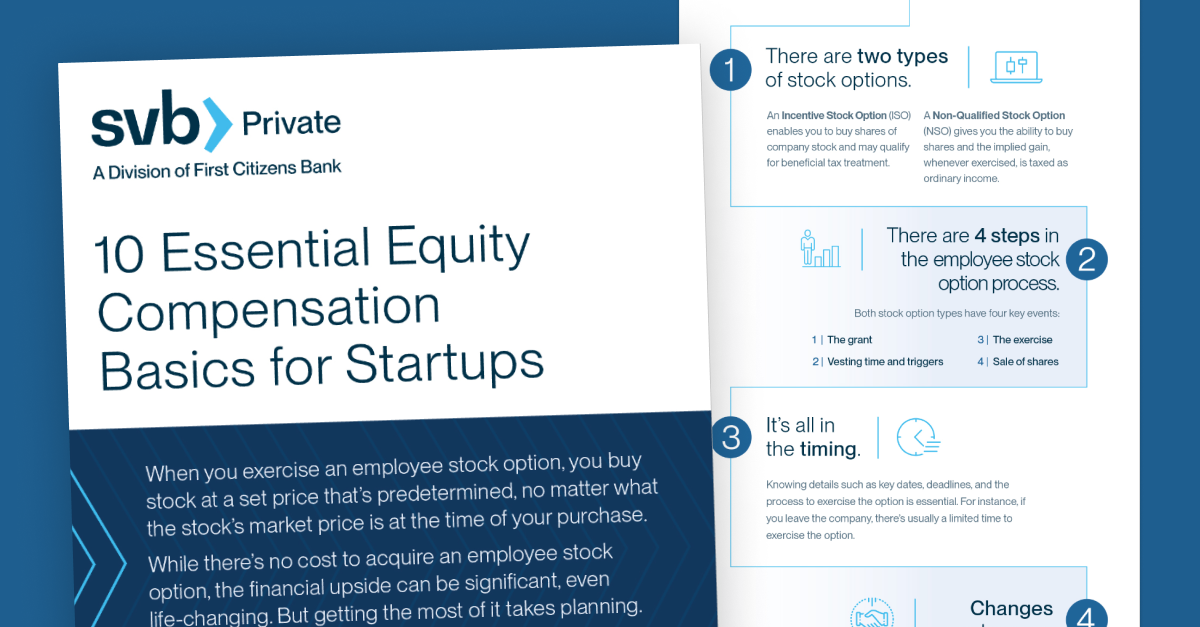We’re pleased to provide you with insights like these from Boston Private. Boston Private is now an SVB company. Together we’re well positioned to offer you the service, understanding, guidance and solutions to help you discover opportunities and build wealth – now and in the future.
How to compete in a digitized marketplace for legal services
Thanks to digitization, technology now lies at the heart of business models across a wide variety of industries. However, many firms avoid the rush to embrace technology, delaying law firm innovation. As a result, technology for law firms has remained an afterthought. In a bygone era, much of a lawyer's work did not require access to technology, beyond standard business tools such as the Microsoft software suite and dedicated software to help manage large productions of documents.
Fast-forward to today's operating environment. To keep pace with the ever-increasing demands of tech-savvy clients, law firms must embed technology in every aspect of their operations, from back-office functions to the practice of law. With this in mind, how can new technology drive law firm innovation in administrative tasks, such as originating batch wires online, the scanning of check payments or the customization of online banking entitlements.
Mirror how clients use technology
One of the primary reasons for law firm innovation stems from the desire to meet client expectations regarding a firm's technical capabilities. While clients expect law firms to possess the requisite legal knowledge to address their matters, they also expect lawyers to have access to the latest technology, which includes the back office.
There are various ways your firm can bridge the technology gap. For example, vendors often announce the names of new customers via press releases; consider creating Google alerts including the names of your competitors to stay up-to-date on their technology investments. Ask newly-hired employees from other firms to share the technology solutions their previous employer had in place.
Start with the end in mind
Given the explosion of the number of companies in the legal tech sector, there's no shortage of vendors vying for your firm's business. To ensure that you select the technology most suited to your firm's needs, start with the end in mind. Envision how the solution will help your firm improve its operations and commitment to client service.
To that end, before making an investment in any technology solution, make sure to identify and subsequently track the cost and benefits. Not only will this help to ensure that the solution delivers as anticipated, it will also help to justify subsequent investments in technology platforms in the future.
Some firms create a working group from across the firm to vet new technology investments. Alternatively, others create a new role, like head of legal operations, to manage the firm's technology portfolio. Either approach helps to ensure that your firm maximizes the return on investment for each technology solution adopted.
While senior partners may resist the need for it, technology for law firms is now critical to competing in an increasingly crowded marketplace for legal services. Whether your firm begins the adoption of technology slowly or embarks on a digital transformation effort that rethinks the entire practice, it will undoubtedly become part of your firm's future.














